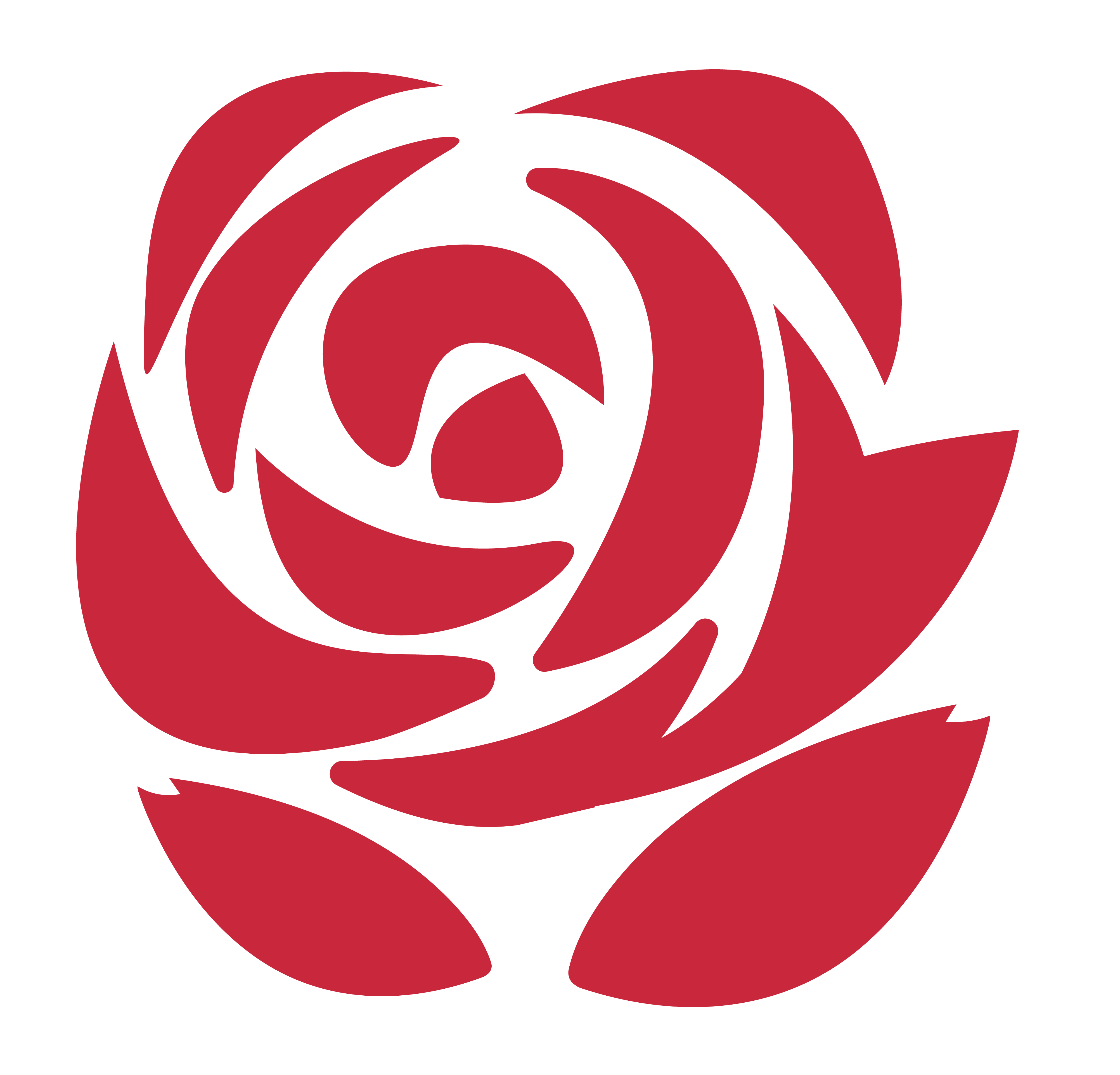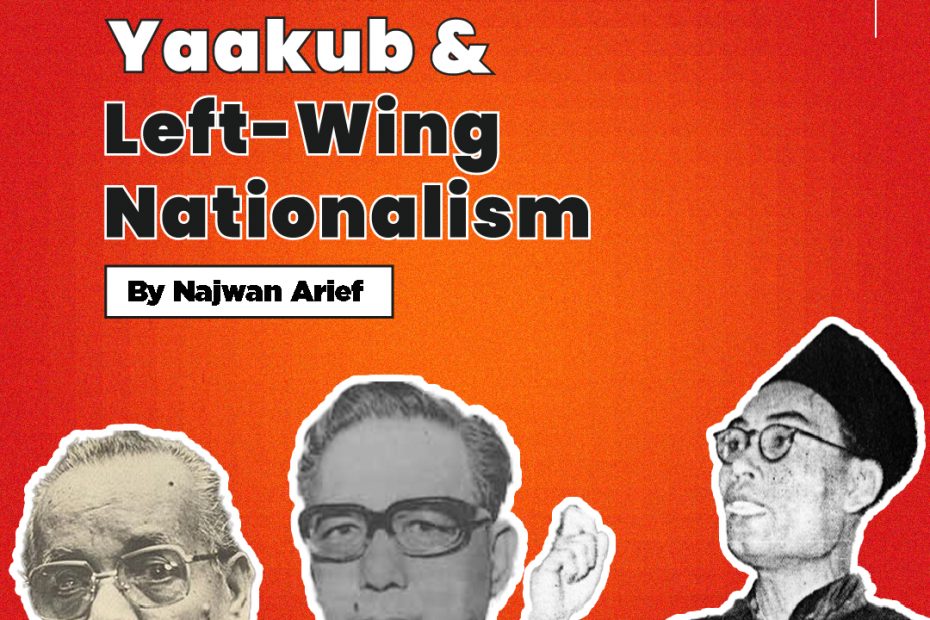Faced with mounting economic and social pressures resulting from the demands of the twentieth-century influx of Chinese, Indians, and Europeans into Malaya, a small group of educated Malays took a different political path than the vast majority in their search for a solution, forming the nucleus of a left-wing political party. One prominent character in Malaysia’s leftist history is Ibrahim Haji Yaakob.
Ibrahim Haji Yaakob was born in Tanjung Kertau, Chenor, Temerloh, Pahang, on November 27, 1910. He descended from the Bugis of South Sulawesi in terms of ancestry. His parents moved from Singapore to Riau, then to Temerloh. Haji Yaakob, Ibrahim’s father, was a well-known religious teacher and figure, and Hawa Binti Hussein, Ibrahim’s mother. His parents split when he was two years old, and he was raised by his mother in a moderate environment. In Tanjung Kertau, Ibrahim attended a Malay school for his early education. He was hired as a teacher trainer at Maktab Perguruan Sultan Idris (SITC) in Tanjung Malim, Perak, in 1928, and it was then that he first revealed the nationalist movement.

During his time at SITC, Ibrahim Yaakub developed a strong sense of nationalism. Students at SITC are interested in politics, nationalism, and current events both inside and beyond the country – being the earliest group from the common class to receive higher education. The battle of the Indonesian people against the Dutch colonialists has motivated many Malay teachers in SITC. When Ibrahim was at SITC in 1929, he first met the Indonesian refugees. He became a college student leader, and by the time he graduated in 1931, he had thoroughly submerged himself in political ideals. His newspaper and magazine articles demonstrate the man’s revolutionary ideas. He was anti-colonial and anti-British in general. He agreed with Ishak bin Haji Mohammad, a political colleague, who also saw the British as a greedy race.
The formation of the Partai Nasional Indonesia (PNI) in 1927, led by Sukarno, sparked revolutionary political ideals. The PNI’s call for instant independence was particularly enticing to this emerging Pan-Indonesian movement. This group was convinced that Malaya belonged together with Indonesia. Many of them joined the PNI, which had its headquarters in Bandung, as overseas members. When the PNI split in 1931, following the arrest of Sukarno and other party leaders, the Malayan supporters of the party went underground. They limited their operations to the distribution of Indonesian-written political pamphlets and the convening of discussion sessions.
Students at SITC, including Ibrahim Yaakub, have been encouraged with the very same nationalist mentality. Between 1929 and 1930, two politically motivated organizations were formed illegally as a demonstration of how fertile and powerful nationalism was among these SITC students. Ikatan Semenanjung Borneo (ISB) and Ikatan Pemuda Pelajar (IPP) or Malayan Youth, whose members include Ibrahim Yaakub, Muhammad Isa Mahmud, Yaakub Muhd. Amin, and Hassan Haji Manan. This organization’s membership is estimated to be around 35 persons. These organizations have underground dealings with several Indonesian political organizations. The Partai Nasional Indonesia (PNI), which Sokarno established, is one of them.
In addition to offering guidance, stimulus, and support, PNI serves as a driving force for the local organizations. The British, who had been watching the political activities at the SITC, tried everything they could to halt them. As a result, after completing his studies in 1931, Ibrahim was assigned to teach at Bentong, Pahang. He was a member of the Bentong Malay Club throughout his time there.
As a result, by 1931, Malay political attitudes had advanced in two separate directions. One was the Right-wing movement, led by the English educated middle and upper classes, bounded by statehood ideas, and centered on the principle of “Malaya for the Malays. Within a leftist bent, the other campaigned for the demand for liberation for all of Malaya’s oppressed people. This organization likewise aspired to bring all Malays and Indonesians in the Archipelago together. This unity was meant to be the foundation of a vast Malay nation – an idea propagated as Greater Malaya.
Ibrahim Yaakub’s nationalist spirit continued to fire, even though his setting as a village teacher in Bentong was not conducive for political development. He continued to contribute various articles to newspapers in Kuala Lumpur and Singapore, such as the Majlis and Warta Malaya. The Malayan Youth headquarters were later relocated to Bentong. At the same time, he had great support from Ishak Mahmud, the deputy assistant officer for the Bentong district at the time. Despite this, the British were able to follow their movements once more. In 1935, Ibrahim was assigned to the Police Training Center Federated Malay States in Jalan Gurney in Kuala Lumpur as an English instructor. During the moment, he was still adamant about writing about politics that defended the Malays’ interests. This produced friction between him and the Police Depot Commander, Mr. J.D. Hussey, leading to his resignation in November 1936, at his request.
Ibrahim was quickly accepted as a full-time journalist for the publication thanks to his good relationships with the Majlis editorial board. In May 1936, Ibrahim was promoted to Assistant Editor. After a year, he was promoted to editor-in-chief. Ibrahim was able to make good use of the newspaper while in this position. The newspaper served as a forum for him to openly express his nationalist thoughts and anti-colonial ideas.
Ibrahim Yaakub and Ishak Haji Muhammad then became the members of the conservative Persatuan Melayu Selangor in 1938. They did, however, opt to leave the organization due to their disapproval of the relationship between the Malay rulers and British officials that continued to maintain. The group became larger as it discussed Malay society and the essence of parochialism. This organization does not allow Malays who are not Selangor locals to join as it was bounded by statehood. This is one fundamental difference between the right-wing and the left-wing at the time. While the leftist movement led by Ibrahim Yaakub and his compatriots had a broader nationalist take, including those in Indonesia, the right-wing are stuck within their state boundaries due to their keen relationship with the state Ruler.
Ibrahim Yaakub, Ishak, and a group of friends created the Kesatuan Melayu Muda (KMM) in April 1938 in Kuala Lumpur in response to existing deficiencies in state associations. Hasan Manan, A. Karim Rashid, and Isa Mohammad, all of whom were first-generation Indonesian immigrants, were also the co-founders of KMM. Journalists and students from Serdang’s Agricultural College and Kuala Lumpur’s Technical College made up the majority of the group.

Hassan Haji Manan hosted the KMM’s founding meeting at his residence. Members of the meeting overwhelmingly approved Hassan Haji Manan’s motion, which was backed by Abdul Karim Rashid, to nominate Ibrahim Yaakub as KMMPresident, while Mustapha Hussain was appointed Vice President on Sulung binChik’s suggestion and seconded by Bahar bin Abik. The KMM’s nationalist youths drove inspiration from the Young Turks. That is why they dubbed this group the Union and picked the term Muda (Young) for its name. That is, anyone, young or old, as long as they are youthful at heart, is welcome to join this body.
KMM then proceed to shape the left-wing politics in Malaysia for decades to come. Even after Malaya achieved independence, their way of organizing themselves and their take on nationalism – beyond the narrow, feudal-minded, state-bounded conservative right-wing nationalism – continued to inspire social and political movements.
Najwan Arief is an undergraduate student majoring in political science at International Islamic University Malaysia. He is very fond of watching Netflix series as well as a hardcore Eurovision fan.

